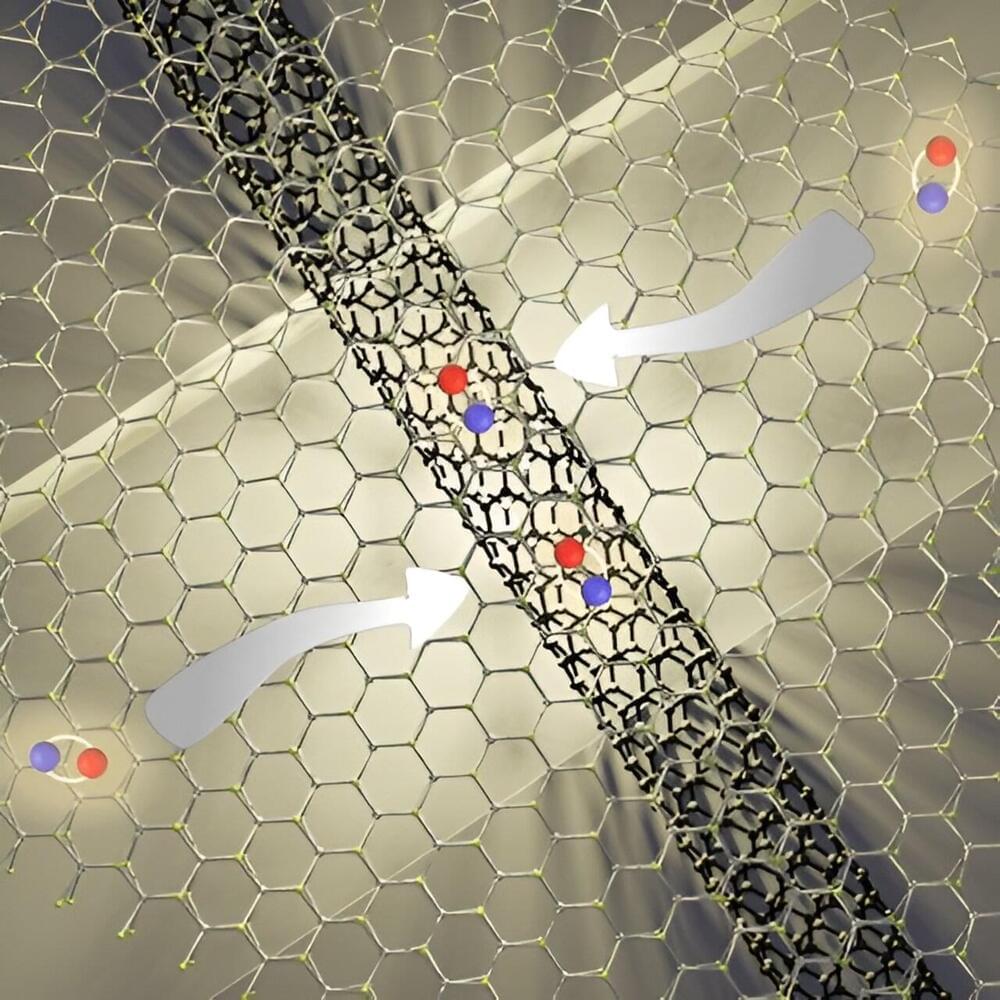Carbon nanotubes are cylindrical molecules that consist of rolled-up sheets of single-layer carbon atoms (graphene); they possess unique properties like high aspect ratio, mechanical strength, electrical and thermal conductivity, chemical stability, and a tip-surface area near the theoretical limit. They are one of the strongest materials known to man.
Category: particle physics – Page 257

Northern lights predicted in US and UK on Monday night in wake of solar storms
Solar eruptions are sending a stream of particles towards Earth, creating spectacular auroras in both hemispheres.
The aurora borealis – in the northern hemisphere – will be potentially visible on Monday night in the US as far south as the midwest. The northern lights, more commonly seen within the Arctic Circle, could also be visible in Scotland.
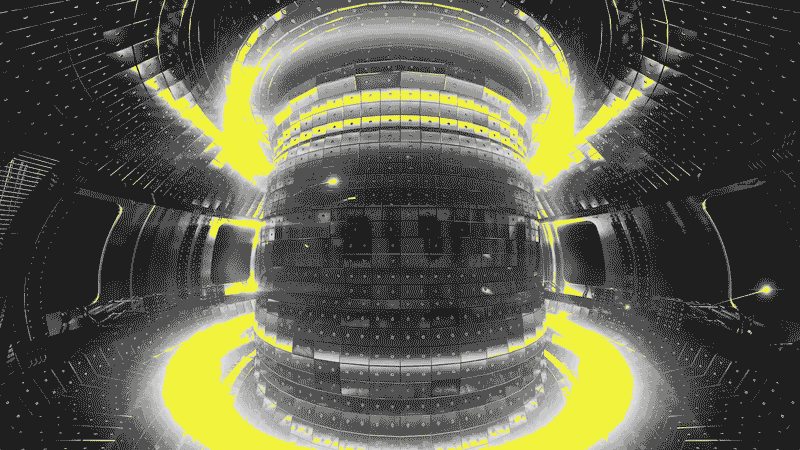
AI solves huge problem holding back fusion power
Princeton researchers have trained an AI to predict and prevent a common problem arising during nuclear fusion reactions — and they think it might be able to solve other problems, too.
The challenge: If the Spice Girls were physicists, their song “2 Become 1” might have been about nuclear fusion, a reaction that occurs when two atoms merge.
Fusion releases a tremendous amount of energy in the form of heat — it’s what powers the sun and other stars — and if we could harness the reaction here on Earth, we would have a near limitless source of clean energy.
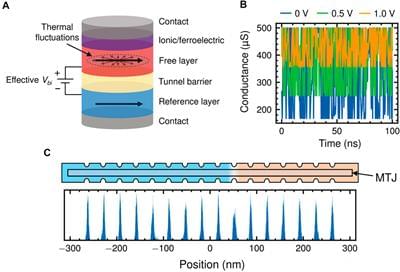
Bayesian neural networks using magnetic tunnel junction-based probabilistic in-memory computing
Bayesian neural networks (BNNs) combine the generalizability of deep neural networks (DNNs) with a rigorous quantification of predictive uncertainty, which mitigates overfitting and makes them valuable for high-reliability or safety-critical applications. However, the probabilistic nature of BNNs makes them more computationally intensive on digital hardware and so far, less directly amenable to acceleration by analog in-memory computing as compared to DNNs. This work exploits a novel spintronic bit cell that efficiently and compactly implements Gaussian-distributed BNN values. Specifically, the bit cell combines a tunable stochastic magnetic tunnel junction (MTJ) encoding the trained standard deviation and a multi-bit domain-wall MTJ device independently encoding the trained mean. The two devices can be integrated within the same array, enabling highly efficient, fully analog, probabilistic matrix-vector multiplications. We use micromagnetics simulations as the basis of a system-level model of the spintronic BNN accelerator, demonstrating that our design yields accurate, well-calibrated uncertainty estimates for both classification and regression problems and matches software BNN performance. This result paves the way to spintronic in-memory computing systems implementing trusted neural networks at a modest energy budget.
The powerful ability of deep neural networks (DNNs) to generalize has driven their wide proliferation in the last decade to many applications. However, particularly in applications where the cost of a wrong prediction is high, there is a strong desire for algorithms that can reliably quantify the confidence in their predictions (Jiang et al., 2018). Bayesian neural networks (BNNs) can provide the generalizability of DNNs, while also enabling rigorous uncertainty estimates by encoding their parameters as probability distributions learned through Bayes’ theorem such that predictions sample trained distributions (MacKay, 1992). Probabilistic weights can also be viewed as an efficient form of model ensembling, reducing overfitting (Jospin et al., 2022). In spite of this, the probabilistic nature of BNNs makes them slower and more power-intensive to deploy in conventional hardware, due to the large number of random number generation operations required (Cai et al., 2018a).
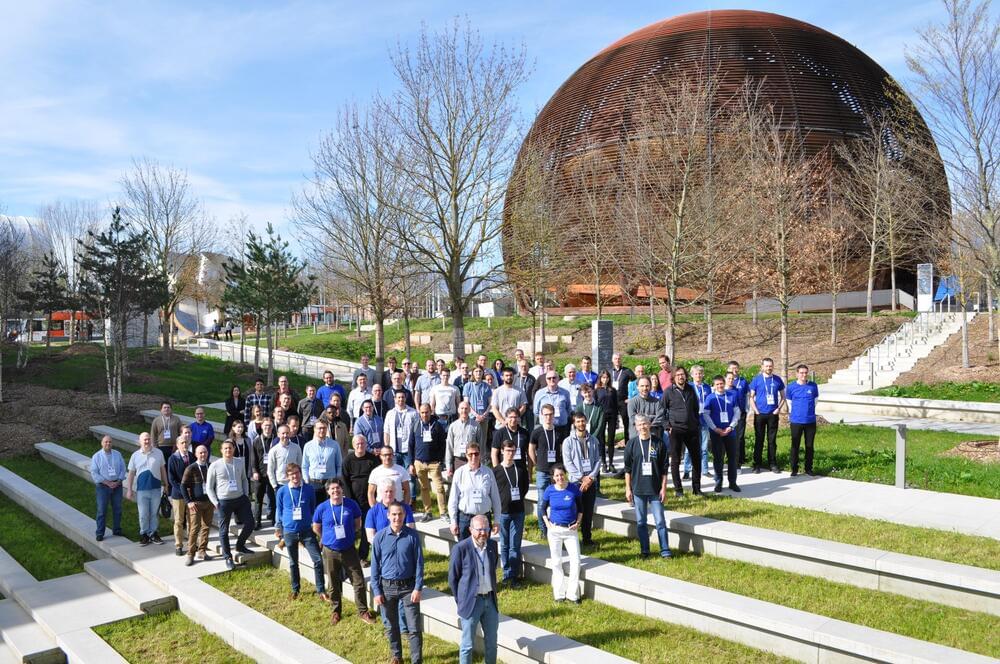
CERN launches the White Rabbit Collaboration
White Rabbit (WR) is a technology developed at CERN, in collaboration with institutes and companies, to synchronise devices in the accelerators down to sub-nanoseconds and solve the challenge of establishing a common notion of time across a network. Indeed, at a scale of billionths of a second, the time light takes to travel through a fibre-optic cable and the time the electronics take to process the signal are no longer negligible. To avoid potential delays, the co-inventors of White Rabbit designed a new ethernet switch.
First used in 2012, the application of this fully open-source technology has quickly expanded outside the field of particle physics. In 2020, it was included in the worldwide industry standard known as Precision Time Protocol (PTP), governed by the Institute of Electrical and Electronics Engineers (IEEE).
What’s more, CERN recently launched the White Rabbit Collaboration, a membership-based global community whose objective is to maintain a high-performance open-source technology that meets the needs of users and to facilitate its uptake by industry. The WR Collaboration will provide dedicated support and training, facilitate R&D projects between entities with common interests and complementary expertise and establish a testing ecosystem fostering trust in products that incorporate the open-source technology. At CERN, the WR Collaboration Bureau – a dedicated team composed of senior White Rabbit engineers and a community coordinator – will facilitate the day-to-day running of the Collaboration’s activities and support its members.
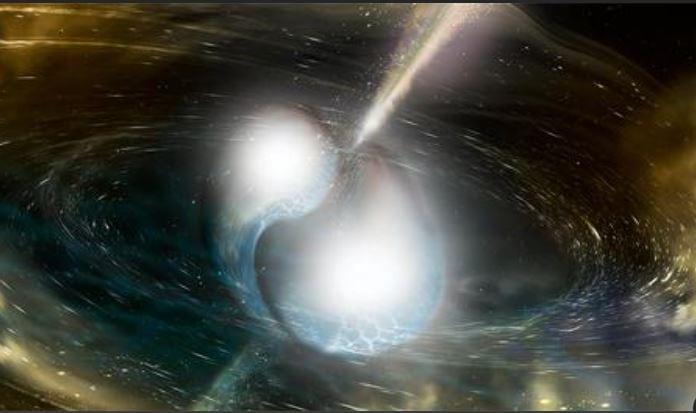
Finding New Physics in Debris from Colliding Neutron Stars
Neutron star mergers are a treasure trove for new physics signals, with implications for determining the true nature of dark matter, according to research from Washington University in St. Louis.
On Aug. 17, 2017, the Laser Interferometer Gravitational-wave Observatory (LIGO), in the United States, and Virgo, a detector in Italy, detected gravitational waves from the collision of two neutron stars. For the first time, this astronomical event was not only heard in gravitational waves but also seen in light by dozens of telescopes on the ground and in space.
Physicist Bhupal Dev in Arts & Sciences used observations from this neutron star merger — an event identified in astronomical circles as GW170817 — to derive new constraints on axion-like particles. These hypothetical particles have not been directly observed, but they appear in many extensions of the standard model of physics.
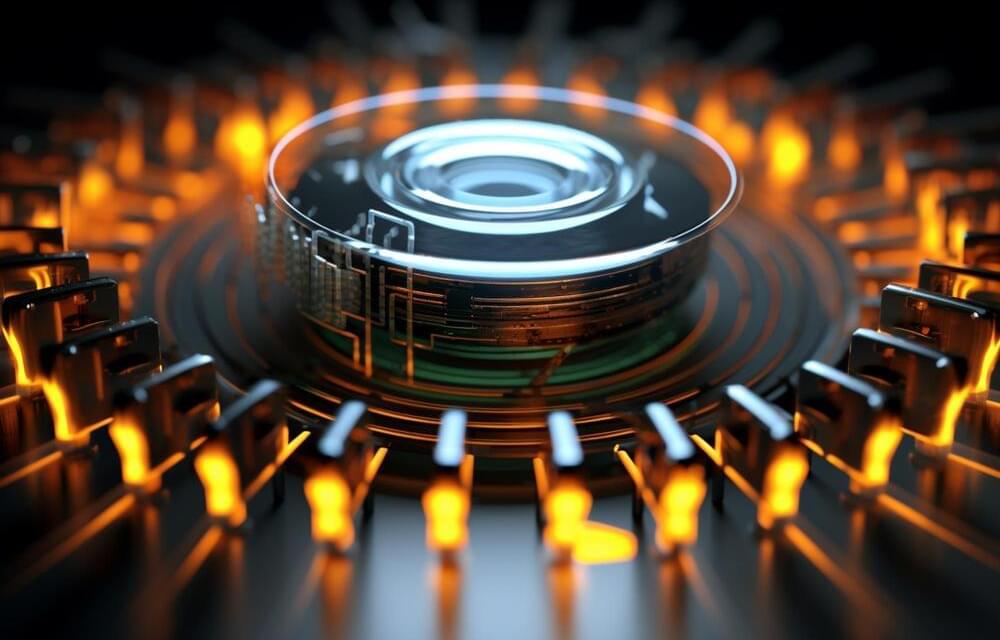
One Step Closer to Unparalleled Computational Power: Spintronics Technology Meets Brain-Inspired Computing
Researchers from Tohoku University have created a theoretical framework for an advanced spin wave reservoir computing (RC) system that leverages spintronics. This innovation advances the field toward realizing energy-efficient, nanoscale computing with unparalleled computational power.
Details of their findings were published in npj Spintronics on March 1, 2024.
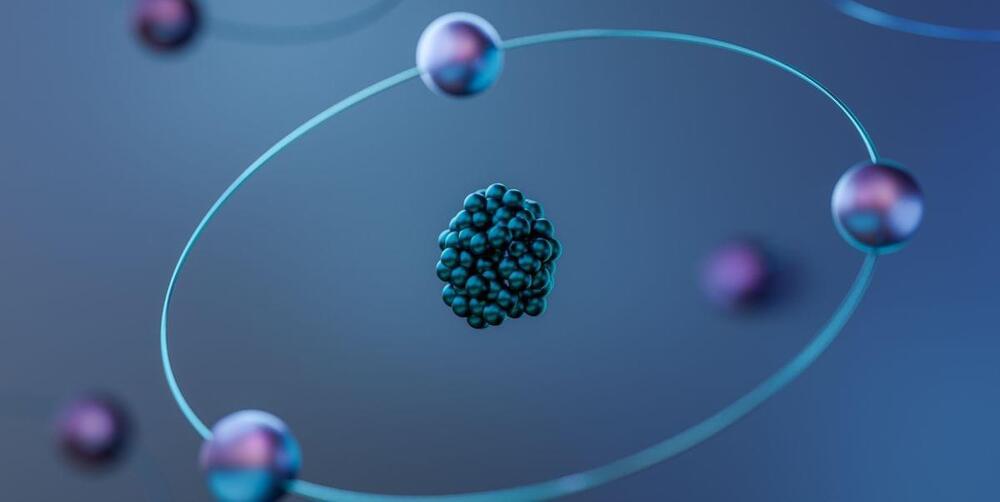
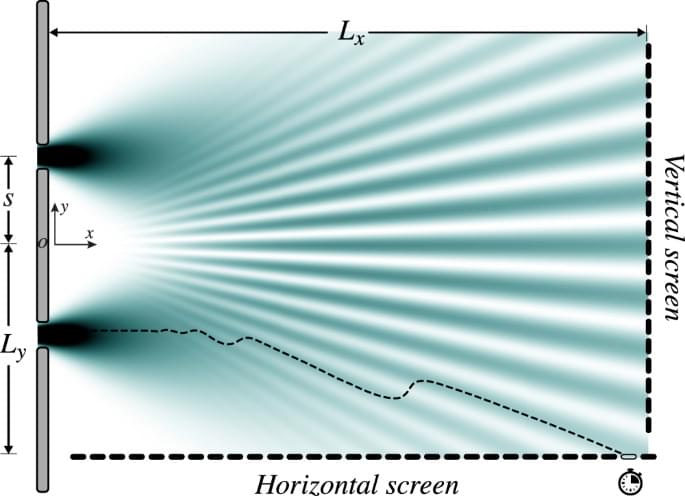
Can the double-slit experiment distinguish between quantum interpretations?
Despite the astonishing successes of quantum mechanics, due to some fundamental problems such as the measurement problem and quantum arrival time problem, the predictions of the theory are in some cases not quite clear and unique.
The measurement and quantum arrival time problems have originated various predictions for the join spatiotemporal distribution of particle detection events, derived from different formulations and interpretations of the quantum theory. By reworking the famous double-slit experiment, the authors propose a realizable setup to probe such predictions.
